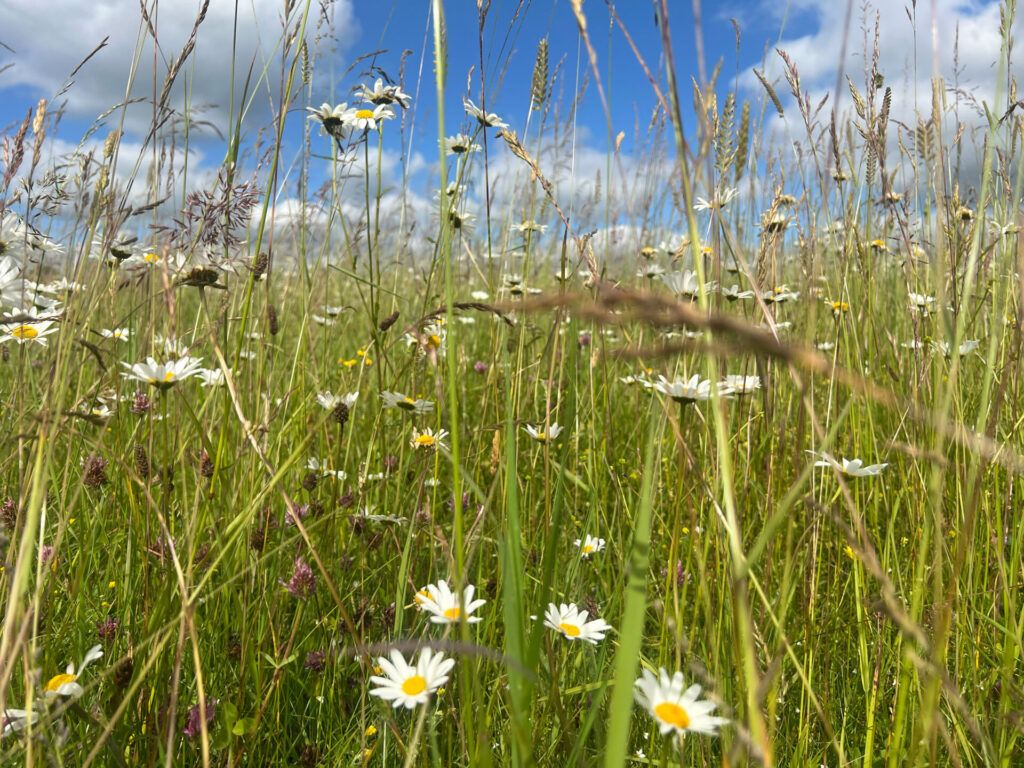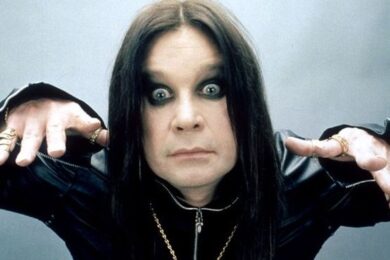I’m writing this in a darkened room on the morning of what’s set to be yet another hot July day, with temperatures pushing 30 degrees. The buzz of scaffolders’ tools, shouts of kids on their summer holidays and a mower are the mid-and-treble scrapes and squeals above the roar of the North Circular and the eternal wash, not quite a drone, that is the heartbeat and breath of London.
These spells of hot weather in the UK are occurring more and more frequently. Met Office data backs up my memory of childhood in the 80s and 90s, when anything over 25 degrees was an occasional event. At the same time, 2024 has been incredibly wet. The warming climate makes our atmosphere more moist and turbulent, resulting in more intense rain storms. Our spring of 2024 was the warmest on record, but also one of the wettest – April saw the sixth highest rainfall in 189 years. It flooded farmer’s fields, ruining crops. It also seems to have had a profound impact on the soundscape outside my window, and across the UK.
As the wet weeks of April and March went on, it was noticeable just how few insects there were flying through the garden. When we arrived here a couple of years ago, it was to a dreary square of bamboo, a couple of cabbage palm trees, naff silver gravel and yellow paving slabs around a coffin-shaped patch of lawn. I smashed and dug and planted to suit a warming climate, with lavender, Mediterranean herbs intended to flower and go to seed, forget-me-nots for the early pollinators. Each spring, the cabbage palms redeem their ostentatious suburban ugliness by sending out fronds of tiny flowers that have a sweet scent much like jasmine and are usually covered in bees as soon as they open. This year, I missed the hum that’d greet me when I opened the back door for fresh air on the first warm days.
As the weeks went on and the rain continued to fall, it was clear that something was up. Blue tits came far closer to the house than usual in their quest for caterpillars, peeking under the leaves of the most unlikely plants. A nest in a box next door failed. On long drives through the countryside, the sort of journeys when as a kid I’d remember the hollow thump of a big insect on the windscreen and the bonnet spattered and speckled with twisted black forms of bug impact, the car remained clean. Leaving a light on and a window open at night attracted barely any moths. There have been very few swifts, too, tumbling with their shrill calls in the skies above the suburbs. In June, I walked through wildflower meadows above Stroud and the Slad Valley on a hot day. Skylarks sang overhead, tractors rattled busily, but where you’d expect the hum and drone of bees and flies in the auditory mid-range, there was silence. A few weeks later, the huge buddleia in a garden out back came into flower. Normally I’d sit and watch hundreds of butterflies feeding from its nectar, but this year the purple flowers swayed unattended in the damp breeze.
It’s not like I can hear butterflies with my cranky old ears, but I’ve always felt there is a strange trick that happens when we see insects moving in that our minds create a soundtrack. In the case of the butterfly, a gentle, delicate flapping, soft and warm. The fauna that did seem to be thriving this wet spring have their own soundworld – when I went out to remove slugs and snails from dahlias and herbs (I’ve never had them greedily eat mint plants before, but that’s what happened this year) the garden seemed to roar with unctuous, crackling ooze as they slithered around hunting for new plant flesh to munch. Ants, too, were everywhere, building their little aphid farms up stems and under buds. I’d sit, peering at them up close, hearing their busy legs clattering like clockwork automata, imagining a sci-fi future where it was we humans being harvested for our juices by giant ants up in the tops of trees. It has been as if in the absence of the hum and buzz of what you’d expect to hear in spring, my mind conjured up a more unpleasant, dystopian soundtrack.
I’ve not been alone in this anxiety of a year where the natural world seems to have been knocked off kilter by a fast-changing climate. I’ve seen it all over social media, from people in cities, towns and rural areas alike. Monty Don even mentioned the lack of butterflies in a recent episode of Gardeners World. Tony Juniper, chair of Natural England, wrote an opinion piece for The Guardian under the headline “Where are all the Butterflies this Summer?” Last week, Butterfly Conservation revealed that numbers are the lowest on record, with the insects struggling through a wet spring that came hard on the problems caused by the 2022 heatwave. This is just part of an overall worrying trend – in Kent, the 2024 Bugs Matter survey found an 89% decline in insect numbers over the past 20 years. Of course, there have always been weather-related fluctuations in insect numbers, but when this comes on top of the decline caused by the use of pesticides even more destructive than DDT, it’s hard to see how ecosystems can cope.
When I first read Rachel Carson’s 1962 book Silent Spring, which raised the issue of the impact of pesticides on the natural world, I naively assumed that with the banning of DDT this was a worrying story from the past. In 2024, it doesn’t seem so. In that book, Carson wrote that “there is something infinitely healing in the repeated refrains of nature — the assurance that dawn comes after night, and spring after winter.” I’m no believer in the ‘live love laugh’ adjacent language of the ‘nature cure’ but Carson is right – in 2024, the absence of the hum of bees, flies, wasps has been replaced by an ominous, anxious buzz that the natural world is bumping off the rails. Our quiet spring of 2024 passed during a General Election campaign during which worryingly little was said about the environment, though the incoming Labour government swiftly announced an investigation as to why the Conservatives allowed the use of the dangerous Neonicotinoid pesticide banned in the EU. Despite moves like this, it’s hard not to escape the sensation that things are only going to get worse, and quickly. I don’t want to have to merely imagine the sound of swifts, and bees and hoverflies as I do the rattle of ants and ooze of slugs.
Yesterday afternoon I popped outside for a breather and a cool drink. I looked up and a cabbage white butterfly, hardly a rare species, flutter past my deckchair and over the fence. It was such a shock that I imagined hearing its wings thrashing through the air as if they were huge and made of wood and canvas, some ancient fantastical machine come to life. It was chilling to feel so excited, that this otherwise ordinary appearance felt almost like a miracle.


















